Distributed servers and data centers are what make up a content delivery network (CDN). You can think of them as video equivalents to cell phone towers. The term “content caching” refers to the practice of duplicating data, in this case, videos, and storing local copies across a network.
In what way does this matter? With a CDN, the time it takes to deliver your content to the user is drastically reduced. The shorter the path your content takes from its storage location to its final destination, the quicker it will reach its intended audience.
How Does CDN Work?
When a user requests a file from a content delivery network, their request is sent to the nearest server. The “edge” server is the one closest to the network’s outermost boundary. Viewers are typically routed to a specific server based on their IP address.
The further apart a user and a server are, the more likely they are to experience delays. A high-quality content delivery network (CDN) eliminates the need to deal with frustrating buffering while streaming live video.
One’s internet connection speed is only one factor in the overall streaming time. In addition to the distance, that content must travel, the number of “hops” that content must make also affects how quickly it arrives at its destination. Regardless of how fast the user’s connection is, content hosted on an outdated or far-flung server may load slowly.
The entire downloading procedure can be revolutionized by using a high-quality CDN.
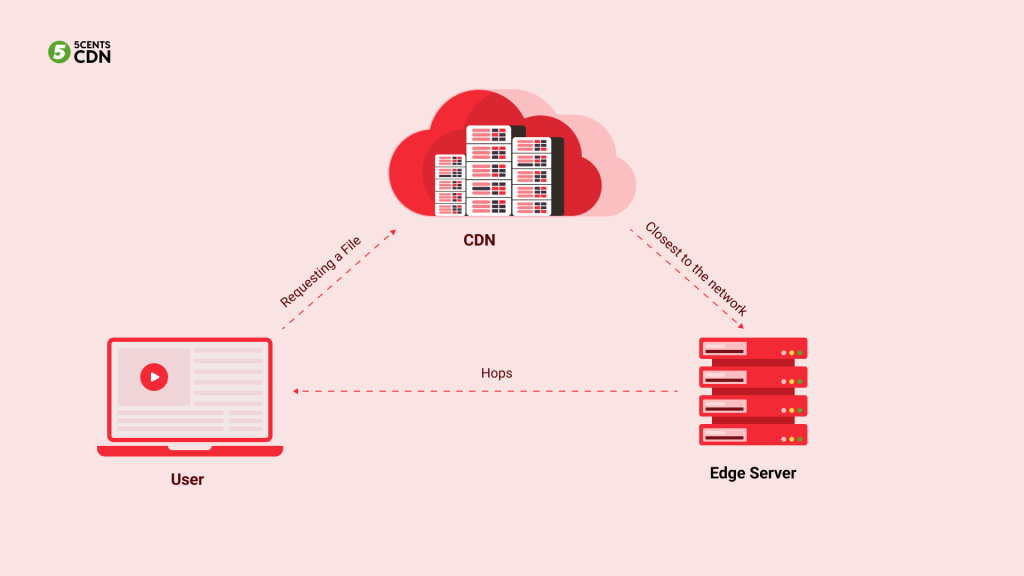
What is Video CDN?
Video content delivery networks (CDNs) are a collection of servers spread out across the globe that collaborate to distribute media files more quickly by caching copies locally on each server. Common practice dictates that data in such networks be cached in several different locations. Clicking on a video immediately starts playing it from the server that is physically closest to the user.
Videos streamed from the United States to viewers in Japan will be stored in the local Japan-based servers’ caches. Rather than playing from the original server in the United States, your videos will be streamed directly from the server in Japan when viewed by Japanese viewers.
With a CDN in place, watching videos is a smooth and satisfying experience it speeds up content delivery by reducing slow loading times and buffering delays.
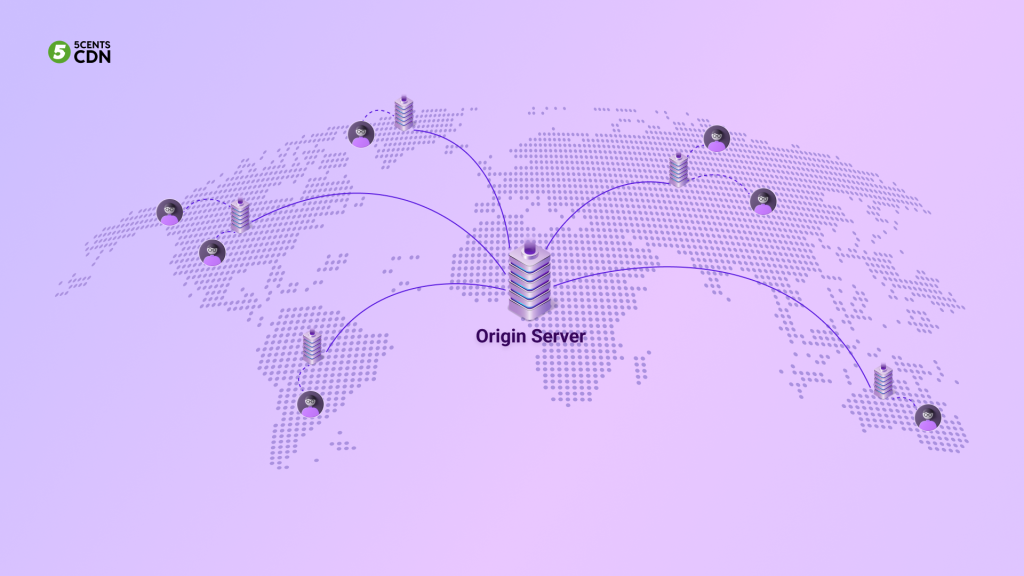
Why use a CDN for streaming video?
Reducing the viewer-to-source distance helps lower latency: Streaming video works on the same principle as described above. The quicker the video content loads and plays, the closer it is to the viewer. Each viewer is more likely to be served by a CDN server that is geographically closer to them than the source server.
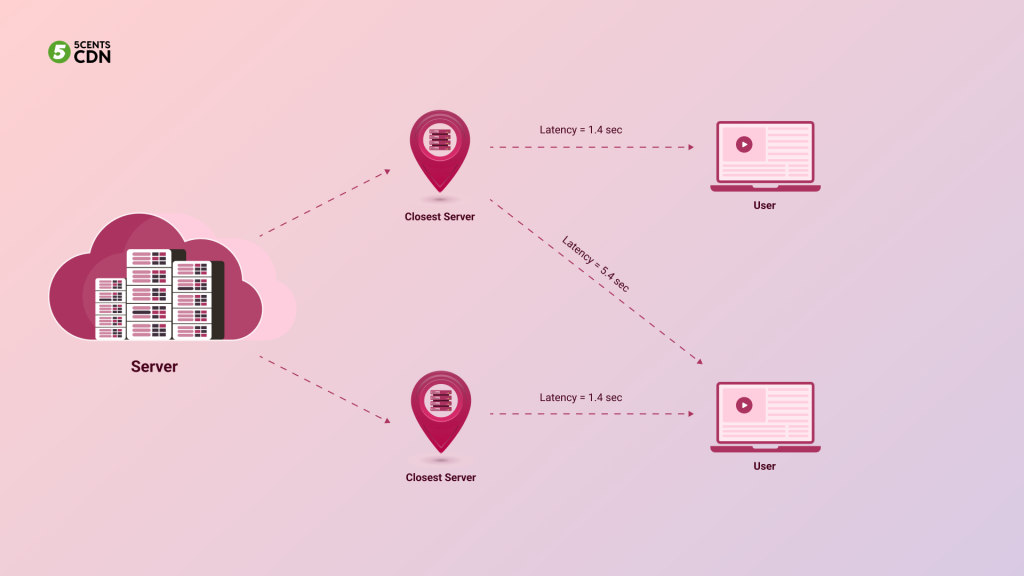
The origin server is not overwhelmed: When a content delivery network (CDN) is used, the load on the server from which the stream was originally generated is spread across many other servers. Two hundred servers working together can better handle streaming video to thousands of viewers than a single server can.
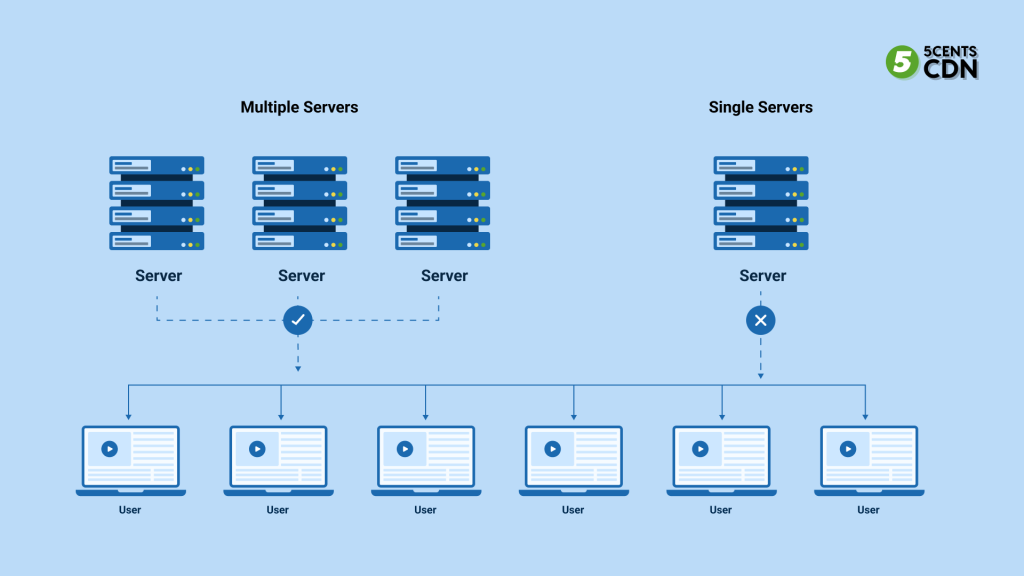
Streaming content does not exceed network bandwidth: There is a maximum capacity for the amount of data that can be transferred through a network at once. The term “bandwidth” is used to describe this utmost capacity. In the same way restricting traffic on a highway to one lane slows down traffic significantly. Since a CDN’s multiple servers will be handling the delivery of the stream, it will be less likely that any single network will be unable to handle the volume of data being sent over it.
Benefits of Using a CDN for Streaming
CDNs shorten the time it takes to deliver video streams from their origin to the end user by connecting servers in different locations.
Scalability
Most people decide to use a CDN because of this one benefit. It’s the most dependable and speedy method of reaching a large audience in any part of the world.
Quality
The best possible streaming user experience can be attained by using a content delivery network (CDN). Global audiences can watch your content without interruption thanks to content delivery networks (CDNs), which use high-speed networks to transmit your streams to viewers in all corners of the globe.
Speed
Content delivered across CDNs isn’t slowed down by local network conditions or the great distance between end users and origin servers because of the speed with which content is distributed to edge servers.
Reliability and security
Last but not least, CDNs add safety by way of redundancy. When content is streamed via a content delivery network (CDN), it is protected from distributed denial of service (DDoS) attacks, which occur when numerous users attempt to access a single resource at once.
Affordable infrastructure
Broadcasters can save money on expensive infrastructure and upkeep by using a content delivery network (CDN), which distributes content across the globe.
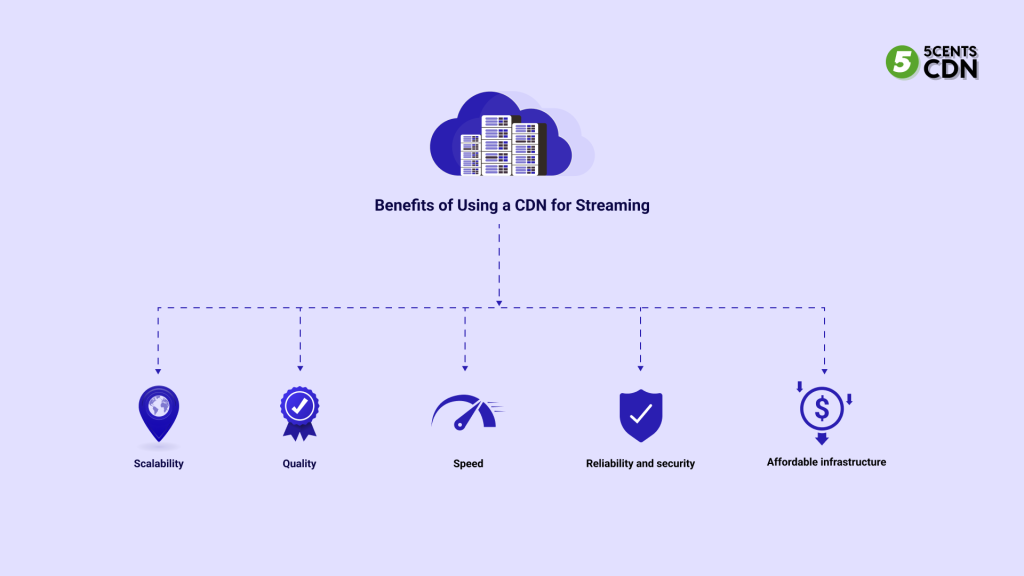
What to Look for in a Video CDN?
You should consider a few factors before settling on a specific content delivery network for your videos. First, make sure it has a globally accessible server infrastructure with no dead spots. Think carefully about how much data you need to transfer as well.
Think about a video management system that collaborates with content delivery network (CDN) services before making a final decision. Although these video streaming platforms are typically smaller in scale than general-purpose CDNs, they still provide a high level of functionality.
Before you make your final choice, consider the following;
- Does the CDN you’re looking for support live streaming?
- Does the service support your adaptive bitrate (ABR) format?
- Where are you storing your content?
- Where do you run your streaming server?
- What geographical coverage do you need?
- Pricing
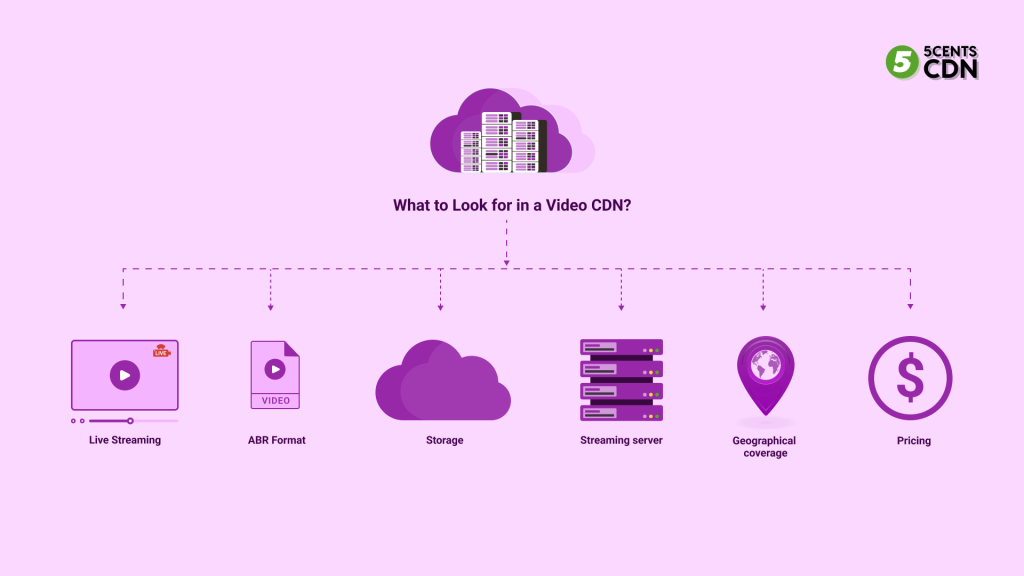
Conclusion
The popularity of watching videos online is growing and is likely to keep doing so in the future. The reason for this is that in the modern era of technology, people enjoy watching videos online and will respond positively to this format.
Thus, it is time to take advantage of streaming video CDNs to swiftly and reliably distribute top-notch videos to your intended audience, no matter where they may be located on the planet.